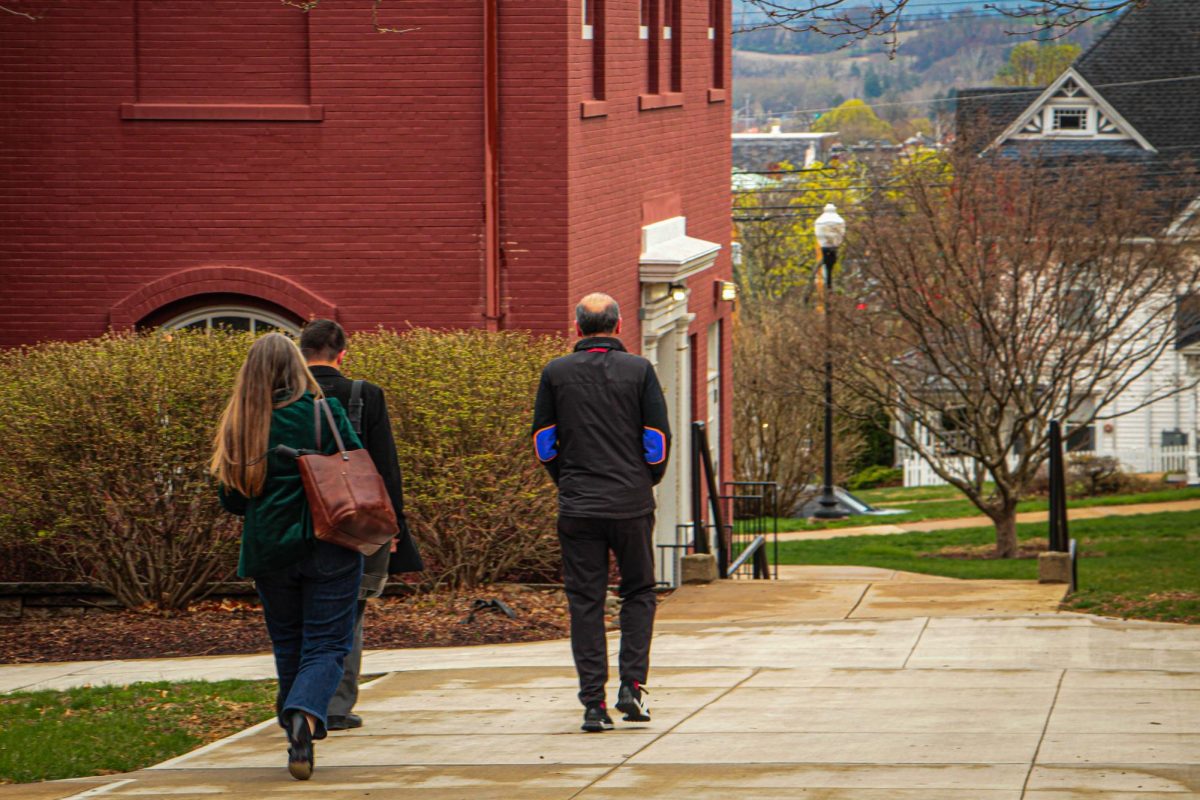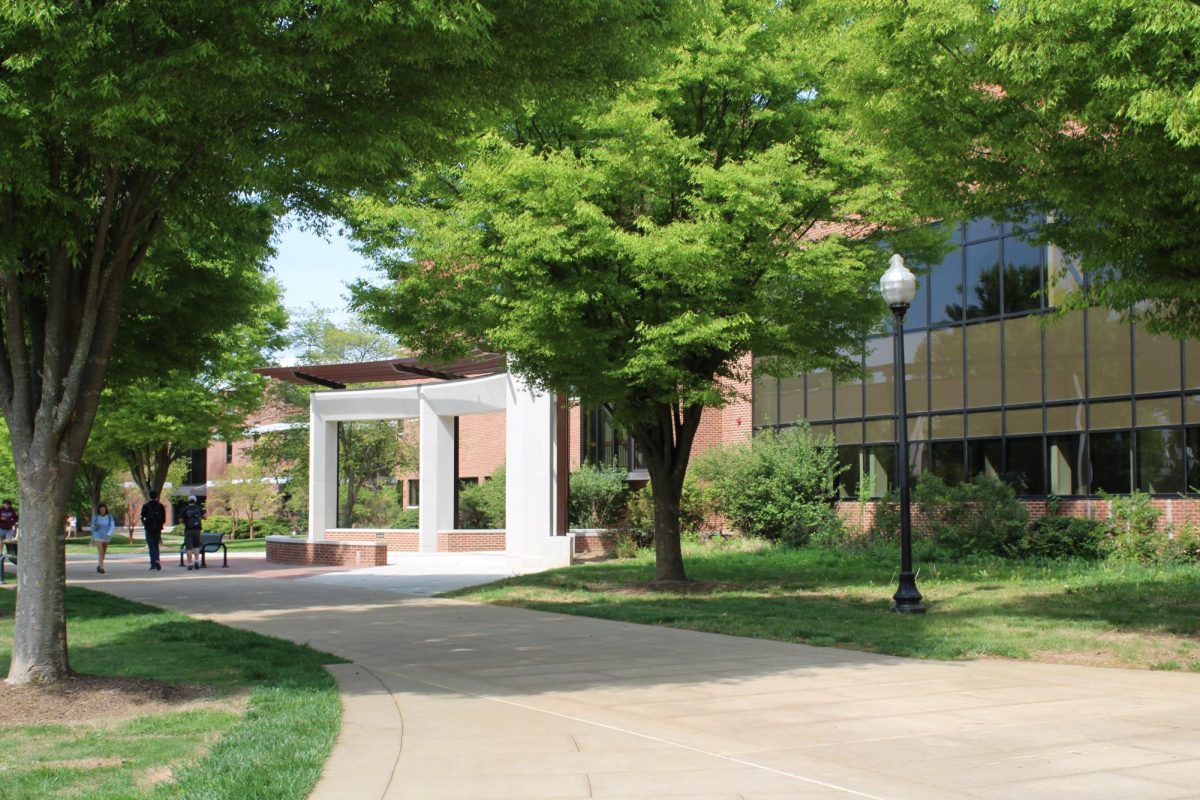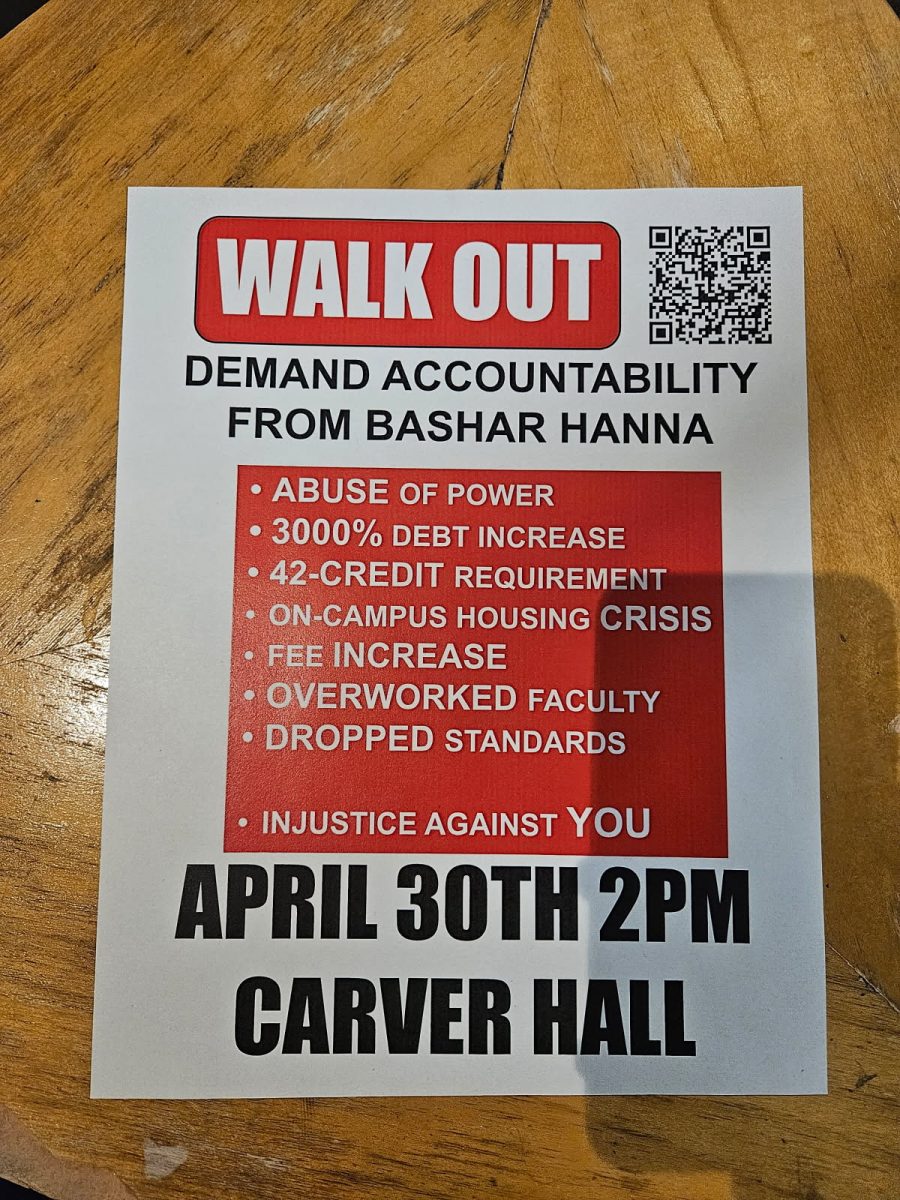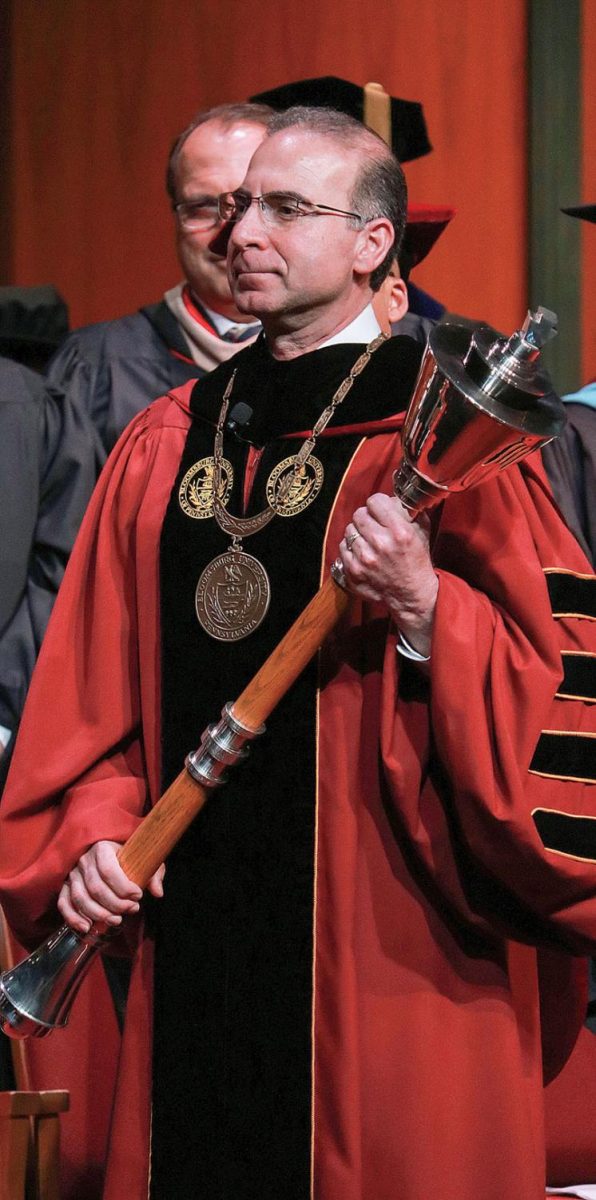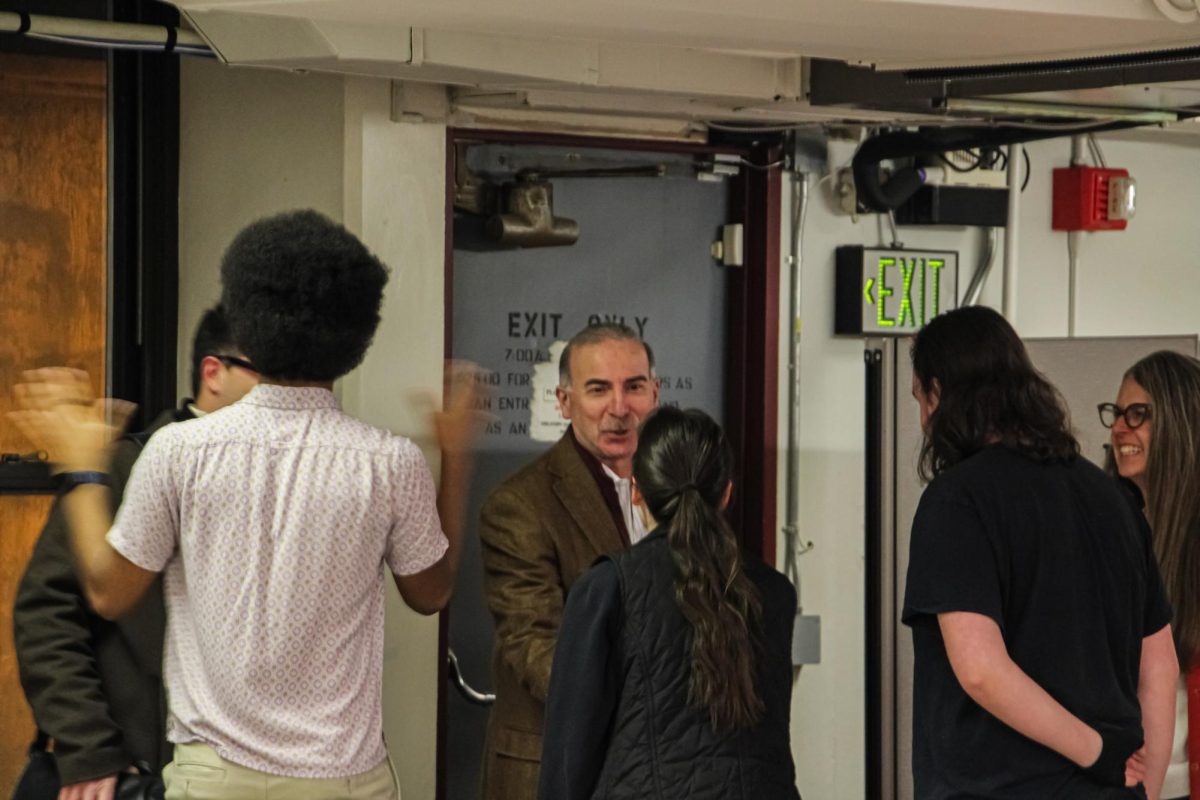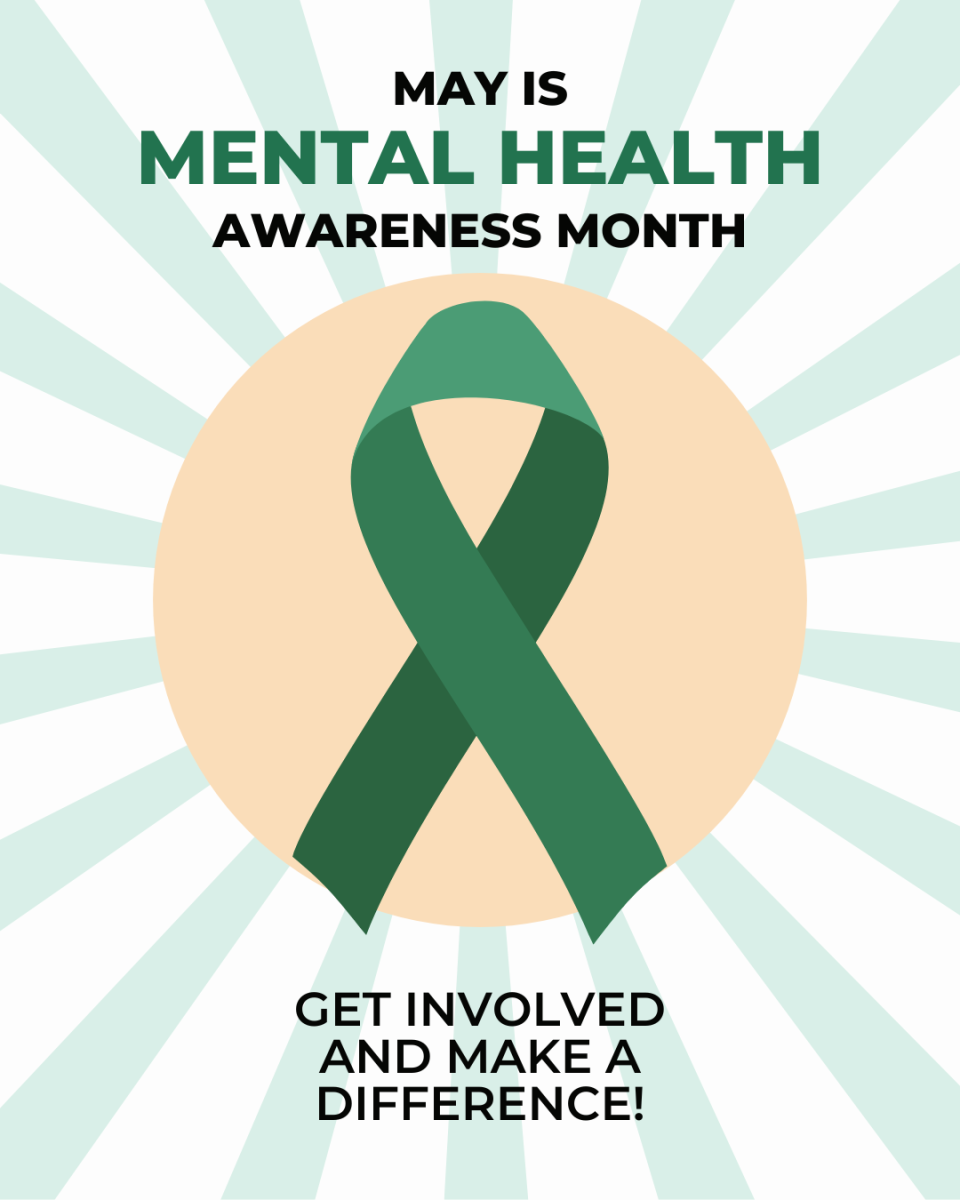Where do you Stand – Free College Tuition
February 15, 2022
As the workforce shifts to favor jobs that require a college degree and the price of tuition continues to rise, low-income students struggle to keep up, increasing the wealth gap. One way to fight this issue is with free college tuition. There are many arguments against free college tuition, such as: the amount of money needed to support it, declining quality of education, and less student motivation to finish. There are also many pros that outweigh these arguments.
When talking about free college tuition, it is important to note that half the states in the U.S. already have some form of free tuition with positive effects. One example is Tennessee. In 2015, Tennessee created a program called TN Promise which completely covered the tuition cost (after scholarships and grants) for community colleges and trade schools (TN Higher Education Commission & Student Assistance Corporation). According to EdSource, community college enrollment in the first year of the program increased by 24.7%, which was an additional 4,000 students. Positive results can also be seen in their graduation rate, as 52.6% of those in the first cohort of TN Promise graduated, compared to only 38.9% of their peers not in the program (EdSource).
The American Psychological Association explains the TN Promise success that financial stressors are one of the main reasons low-income students have to drop out of college. Whether it be from working too many hours to support the amount of their tuition that couldn’t be covered by loans or if it is from issues not directly related to paying for college, such as housing instability or food insecurity. For many of these students, they are working to pay for the tuition and do not have the money to maintain a decent quality of life. This makes it emotionally difficult to remain in school. When the cost of tuition is covered, these students have more time for things like studying and social activities and more money for necessities like food.
Rhode Island saw similar effects with a graduation rate that had tripled after the second year of free college tuition. With free tuition, student loans will also decrease, sending less low-income students into debt. According to EdSource, Tennessee saw a 17% decrease in loan applications in their first year of TN Promise. When students do not have to spend a large portion of their income student loans after entering the workforce, they will be able to invest it things like healthcare, retirement, and even just contributing to the economy by buying goods and services.
While it is daunting to think about the cost of free college tuition for taxpayers, accessible postsecondary education allows people the ability to immediately earn, spend, and save. This is essential in propelling economic development in the U.S. Free tuition in the U.S. doesn’t have to start with making every college free, but just starting with something small like free community colleges would create many benefits for college enrollment and the economy.

